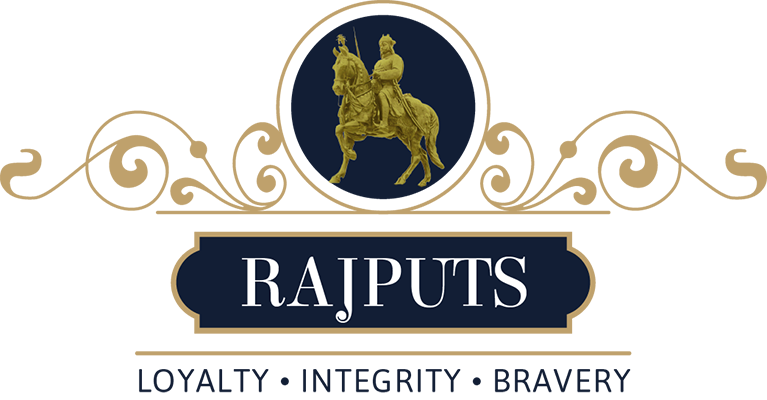The Paramara (or Parmar) are a Rajput clan in South Asia, who claim descent from the mythological Agnivansha dynasty. The Paramara dynasty that ruled the Malwa region in Central India belonged to this clan.
History
There are three schools of thought about the origin of the Paramara clan. The most widely accepted school of thought is that the Paramaras – along with the Chauhans, the Pratiharas (Parihars) and the Solankis (Chalukyas) – were one of the four Agni kula ("fire-born") clans of the Rajputs.
In a second school of thought, the Parmar clan is said to have been a tribe of central India that rose to political prominence as the feudatory of the Rashtrakutas. They were Rajputs.
The ancient inscriptions in the Pali Buddhist character have been discovered in various parts of Rajasthan of the race of Taxak or Tak, relating to the tribe Mori and Parmara are their descendants. Taxak Mori was the lord of Chittor from very early period. The Huna Kingdom of Sialkot (of Mihir Kula 515-540 AD), destroyed by Yashodharman, was subsequently seized by a new dynasty of kshatriyas called Tak or Taxaka. The Taxak Mori as being lords of Chittor from very early period and few generations after the Guhilots supplanted the Moris. (725-35) we find amongst the numerous defenders who appear to have considered the cause of Chittor their own the Tak from Asirgarh. This race appears to have retained possession of Asirgarh for at least two centuries after this event as its chieftain was one of the most conspicuous leaders in the array of Prithvi Raj. In the poems of Chandar he is called the "Standard, bearer, Tak of Asir."
In a third school of thought, the Parmar clan is said to have originally been an inseparable part of the Rashtrakutas, which later branched out from the Rashtrakutas (Rathore)and declared themselves to be a distinct Rajput clan.
Whatever the origin, the Parmars established themselves as the rulers of Malwa in central India in the 9th CE century, ruling from their capital at Dhar. In this situation, the Paramars enjoyed great political power and clout in ancient India. The Paramaras ruled until 1305, when Malwa was conquered by Ala ud din Khilji, the Khilji Sultan of Delhi. It was during these medieval times that their political power began to decline. Political power was greatly reduced further still during the consolidation of the British Empire in pre-independence India, with the Royals of this clan cooperating with the British conquerors. After India gained independence from Britain in 1947, the Parmar royalty acceded their political powers to the central Indian government in New Delhi. In lieu of these surrendered powers, the Parmar royals received generous financial grants, called the "Privy Purse", from the central government, which helped them to maintain lifestyle, as well as maintaining the general upkeep of royal palaces, forts and other architectural marvels. This Privy Purse was later abolished by the central government, under the direction of Indira Gandhi.
Parmar Dynasty Provinces
Most of the information above is courtesy of Wikipedia.
For corrections, additions or comments, please submit a request through contact page.
